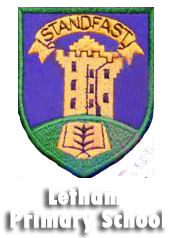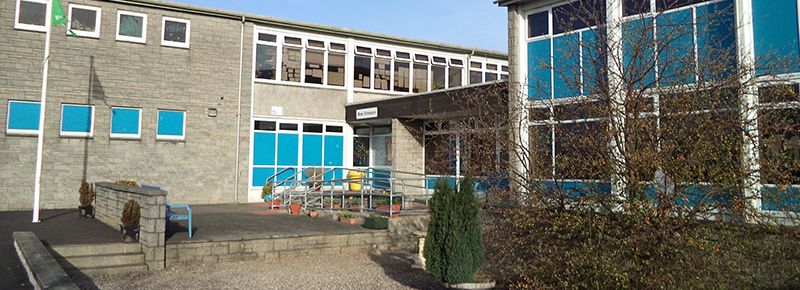Related Pages
Bug Busting
A number of parents have let us know their children have had head lice recently.
Please ensure you check your children's hair as soon as possible - behind the ears and the nape of the neck are favourite hiding places!
Long, short, brown, blonde, clean, dirty, curly or straight – it does not matter what type of hair you have!!
Little ‘friends’ may pay you a visit and then stay for quite a while!! Head lice are an issue in all schools and we would like to remind all families to check hair at least once a week.
Prevention
Wet combing needs to be carried out regularly and thoroughly. The method you should use is described below.
- Wash the hair using ordinary shampoo and apply plenty of conditioner, before using a wide-toothed comb to straighten and untangle the hair.
- Once the comb moves freely through the hair without dragging, switch to the louse detection comb. Make sure the teeth of the comb slot into the hair at the roots, with the bevel-edge of the teeth lightly touching the scalp.
- Draw the comb down to the ends of the hair with every stroke, and check the comb for lice.
- Remove lice by wiping or rinsing the comb.
- Work methodically through the hair, section by section, so that the whole head is combed through.
- Rinse out conditioner and repeat the combing procedure.
- Repeat the procedure on days three, six, nine, 12 and 15, so that you clear young lice as they hatch, before they have time to reach maturity.
Treatment
Your pharmacist will be able to recommend an over-the-counter lotion or spray and advise you about how to use it correctly.
A lotion or spray should only be used if a living (moving) head louse is found.
Crème rinses and shampoos aren't thought to be effective and therefore aren't recommended.
Please visit the NHS web page for further information:
http://www.nhs.uk/conditions/Head-lice/Pages/Introduction.aspx


